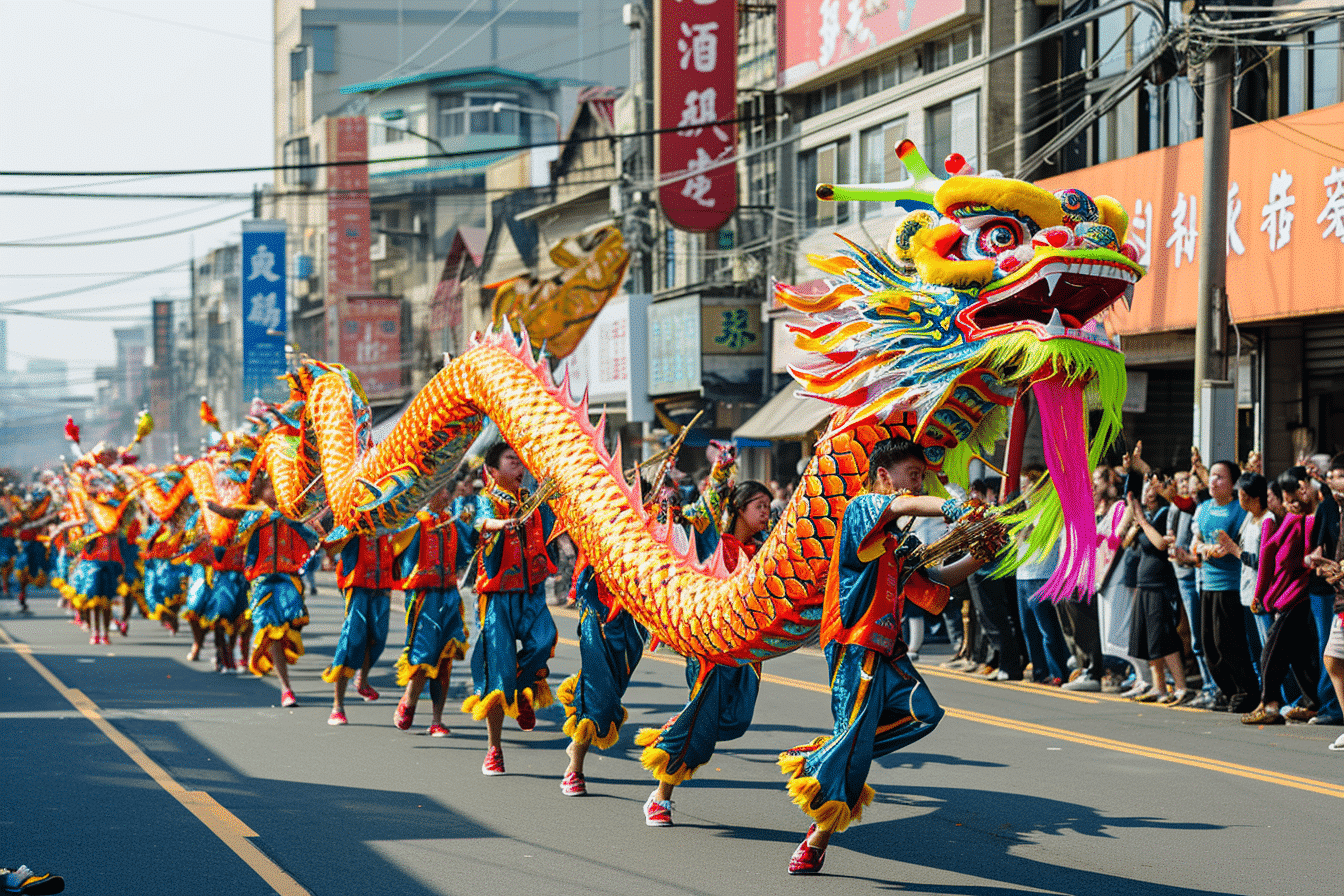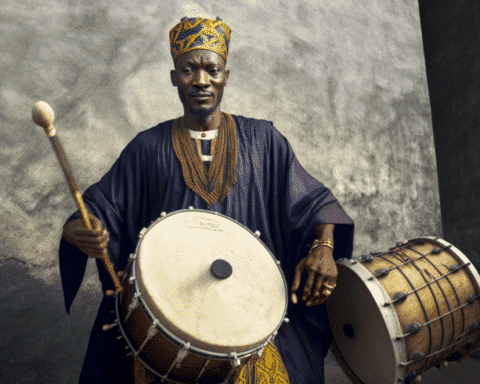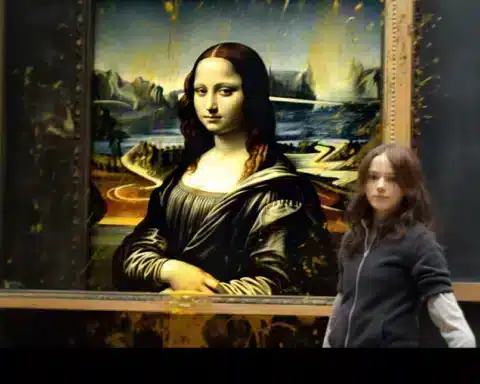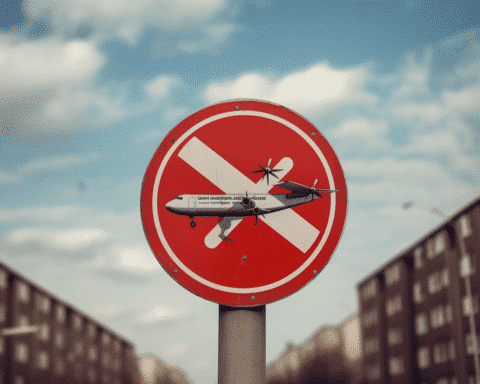Last week, Australian police began seeking two suspects concerning the vandalism of a century-old Chinese parade dragon and other valuable artifacts at the Golden Dragon Museum in Bendigo, Victoria. The attack has drawn widespread condemnation and raised concerns about possible racial motivations.
Damage at the Golden Dragon Museum
The vandalism occurred at the Golden Dragon Museum, about 100 miles northwest of Melbourne. The police report indicated that the suspects, a man and a woman, caused approximately AUD$100,000 ($66,900) in damage to various historical items. They fled the scene in a silver Toyota Prado on May 5.
“Investigators believe the duo used a liquid to cause damage to multiple statues and paintings,” Victoria Police stated. Disturbingly, the suspects were accompanied by two children during the act.
The Legacy of Loong
Among the damaged artifacts was Loong, which the museum describes as the “oldest complete imperial processional dragon in the world.” Loong is a sacred mythical Chinese creature, often featured in ceremonies and festivals. Dragon dances, involving teams of dancers maneuvering a giant dragon puppet, have been a part of Chinese tradition since the Han Dynasty (202 BCE to 220 CE).
Bendigo, a city of around 100,000 residents, has a deep-rooted Chinese heritage. Chinese immigrants first arrived during the Victorian gold rush in the mid-1800s, bringing their customs and culture.
Impact on the Museum and Community
The Golden Dragon Museum, which opened in 1991, aims to document and preserve Chinese heritage in Australia. Hugo Leschen, the museum’s CEO, described the extent of the damage. “We found oily liquid running down Loong’s nose,” Leschen said, highlighting the impact on the historic dragon.
The museum’s other dragon, Sun Loong, which paraded until its retirement in 2019, was also affected. Leschen noted stains on Sun Loong’s tongue and additional damage to statues, paintings, and a Buddhist altar. “With these further attacks, it is now evident that this was no random act of mindless vandalism but rather a planned and sustained malicious attack across various heritage, cultural, and religious sites for reasons unknown,” Leschen remarked.
Community and Official Response
The Chinese Community Council of Australia condemned the vandalism, expressing concerns that the act “may have been racially motivated.” Police have not yet commented on the potential motivations behind the attack. The community remains on edge, worried about the implications of such a targeted and destructive act.
Preserving Heritage Amid Adversity
Despite this devastating act, the Golden Dragon Museum and the Bendigo community remain committed to preserving and celebrating their rich cultural heritage. The annual dragon parade, a significant event that raises funds for a local hospital, symbolizes Bendigo’s Chinese community’s enduring spirit and resilience.
The attack on the Golden Dragon Museum has highlighted the vulnerability and the strength of cultural heritage sites. As investigations continue, the museum and the broader community stand united in their determination to protect and honor their history.




